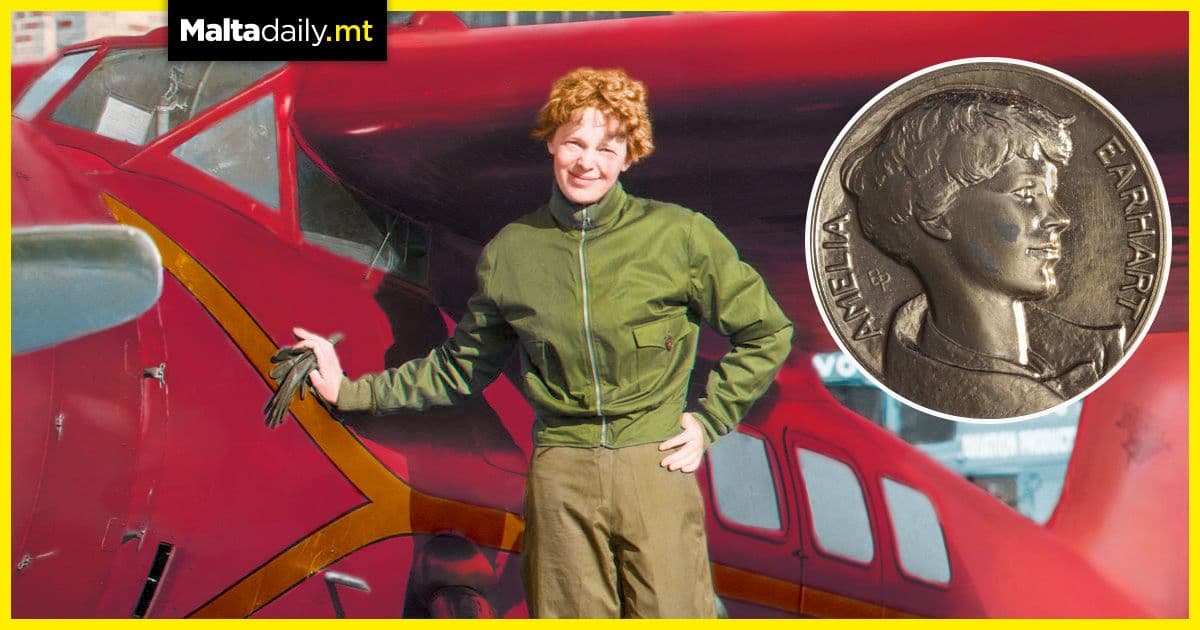Amelia Earhart: Achievement and Mystery

The first female aviator to fly solo across the Atlantic Ocean, Amelia Earhart is an inspiration to women all across the world. Her achievements and feats rack up in her, rather unfortunately short, 39-year lifespan. Born July 24th 1897, Earhart wrote best-selling books about her experiences and even set up the Ninety-Nines, an organisation for female pilots.
The spirit of adventure seemed to run deep within the Earhart family as she and her younger sister Grace Muriel Earhart (nicknamed ‘Pidge’) spent their free time climbing trees, hunting rats, and even belly-slamming their sleds downhill. When the Spanish flu pandemic hit Toronto in 1918, Earhart became a patient herself after having engaged in nursing duties at a hospital.
Chronic sinusitis impacted Earhart’s flying and activities significantly but she spent her time recovering by reading poetry, studying mechanics and even playing the banjo. Visiting an air field around that same time period, a pilot in a World War I ace dived towards her and her friend in an attempt to frighten them. Earhart stood her ground, instead feeling as if the aircraft ‘spoke’ something to her.
The life-changing trip on an aircraft came in 1920 when famous air racer Frank Hawks gave her a plane ride. This experience solidified her passion to start flying herself, saving up to start flying lessons as she worked various jobs. The rest is history.
Following the first solo flight across the Atlantic by Charles Lindbergh in 1927, a pilot by the name of Amy Guest expressed interest in being the first woman to do so. This was not meant to be however as the trip proved too dangerous, with Guest deciding to sponsor the flight instead. Earhart received a phone call in April 1928, asking her to undertake the voyage.
Earhart did not pilot the flight that day, stating that she felt ‘like baggage’, assured she will try it herself one day. On May 20th-21st 1932, a 34-year-old Earhart set off from Harbour Grace Newfoundland and following 14 hours and 56 minutes of northerly winds, icy conditions and mechanical problems, Earhart landed in a pasture at Culmore, north of Derry, Northern Ireland.
Receiving the Distinguished Flying Cross from Congress, the Cross of Knight of the Legion of Honour from the French Government and the Gold Medal of the National Geographic Society, Earhart’s fame grew. She went on to fly many other solo flights, acquiring fame and connections along the way. Her last flight was to come on July 2nd, 1937.
Earhart’s last flight has been the source of much speculation and even conspiracy theories. This is because, on her flight towards Howland Island as she attempted to circumnavigate the globe, Earhart contacted a coast guard via radio to report she was running low on gas. What happened next, no one knows.
There have been several expeditions in the past 20 years trying to locate the plane wreckage. Researchers studied the last radio transmissions to pinpoint a location, but nothing of significant evidence was produced. Ignoring the wild speculations surrounding her, Earhart made history with her achievements, proving to be an inspiration to women, pilots and every adventure fanatic.
#MaltaDaily


